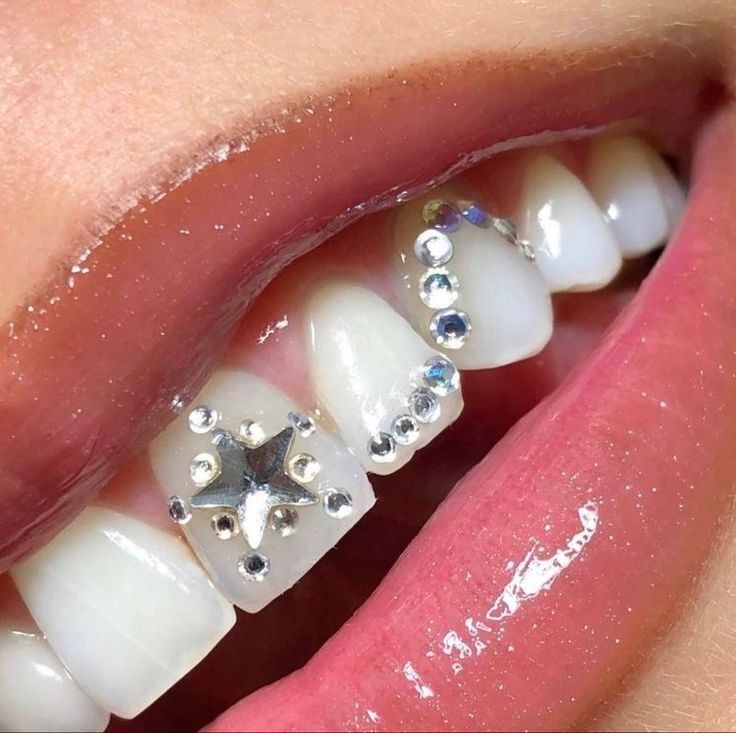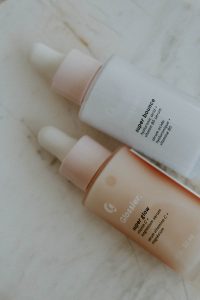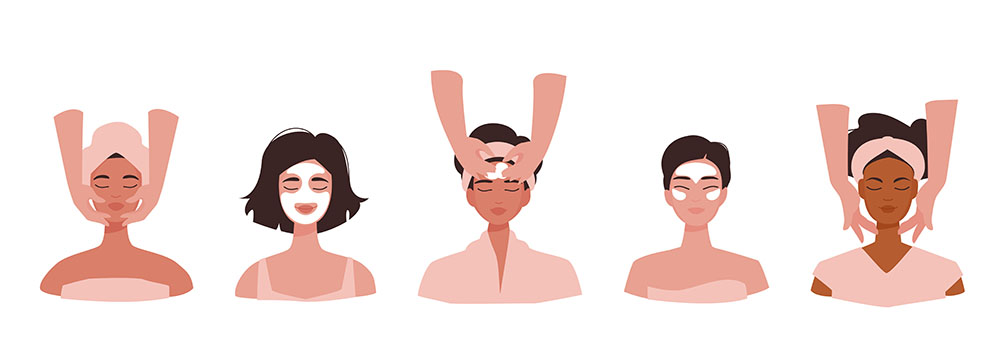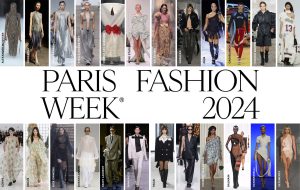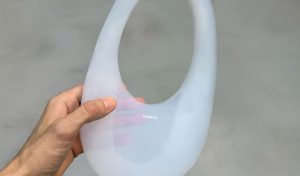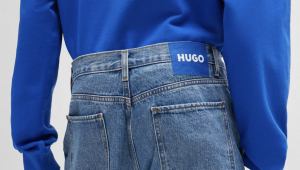Uncanny Vally
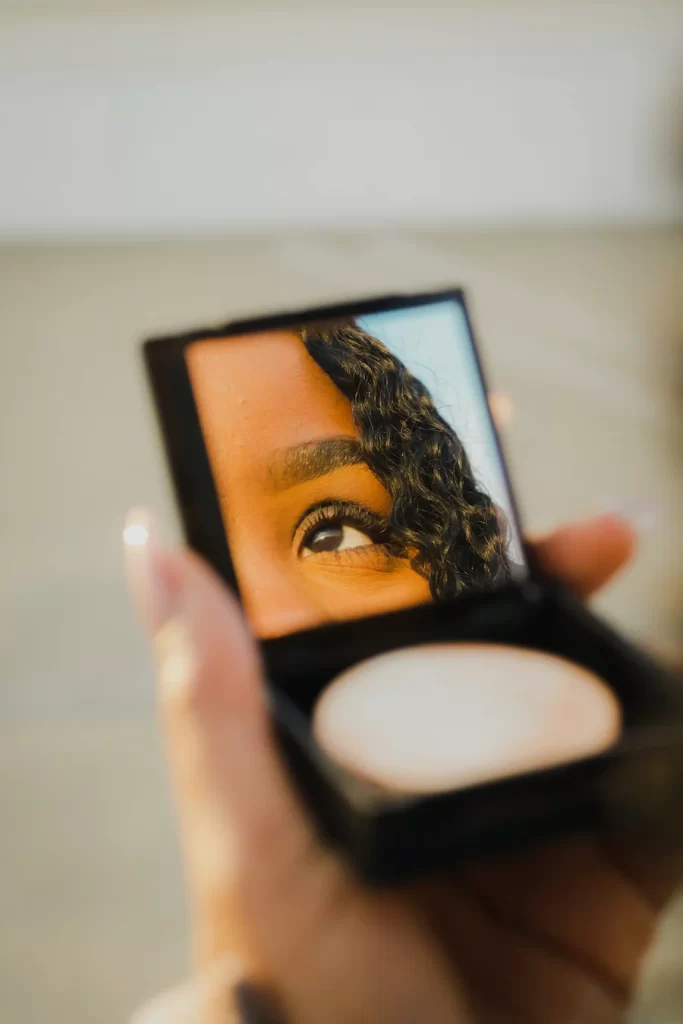
Tik Toks most controversial beauty trend of the year!
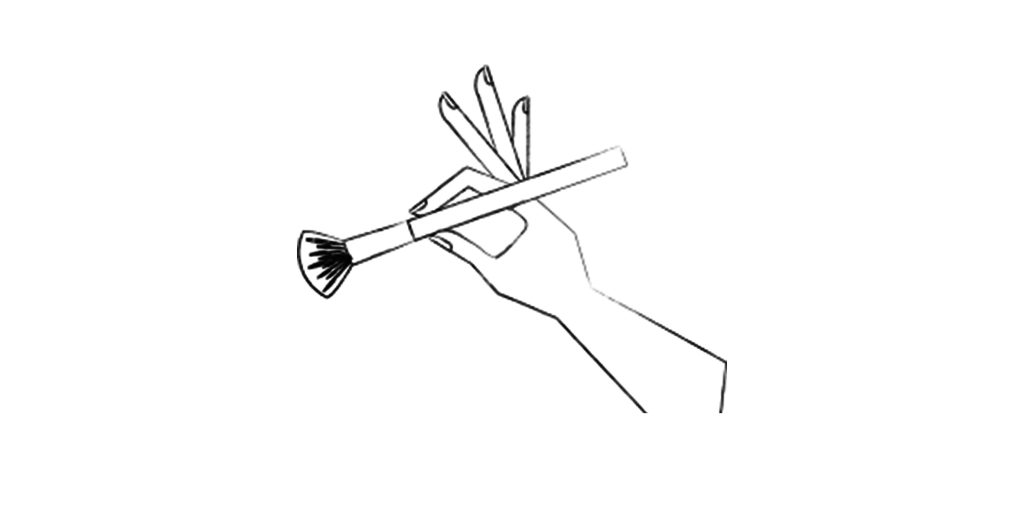

Have you noticed influencers faces appearing seemingly more uncomfortable and uncannier on Tik-Tok? well not to fear it’s just the power of makeup doing its magic once again, and going viral quicker than a light. however, before we begin let’s start off by understanding what uncanny means and where it first originated from.
The term uncanny refers to a resemblance to something but still seeming to have an un natural basis towards it such as this case, of the uncanny valley tik-Tok trend, where it’s an unsettling approach where minor makeup artists and other creators adding tiny techniques and add on of dark shadowing on certain points of the face with makeup to appearing not quite human. it presents an uneasy feeling to humans which instinctive from nature to be able to identify other beings. this trend was surprisingly set back and found its name once before back in the 1970’s when a Japanese professor of robotics called Masahiro Mori coined the name of this controversial beauty trend.
why does the uncanny effect creep us out so much? well it initially comes down to the idea of we enjoy and find robots fun when they gain human qualities such as Wall-E from one of Disney’s beloved movies or R2D2. however, when it comes to appearance, and they look more a more realistic to the point it’s difficult to see differences between human and artificial visuals it creates fear in us of being replaced or taken over etc.
if you thinking “I want to try this but don’t know where to start” we are here to help! you first start off by applying a paler concealer and foundation than usual and other products to try and mimic the idea of plasticky “skin” adding a product to form a glossy effect perhaps, predicting a robotic like effect. liquid eyeliner is a strong product to help emphasis and enhance the look by applying it to elongate the mouth and create larger pupils on the eyes. the tech quite of enhancing the eyes and mouth lines will help you achieve your finished unnerving effect.
By Emily Ayse Jemal.



